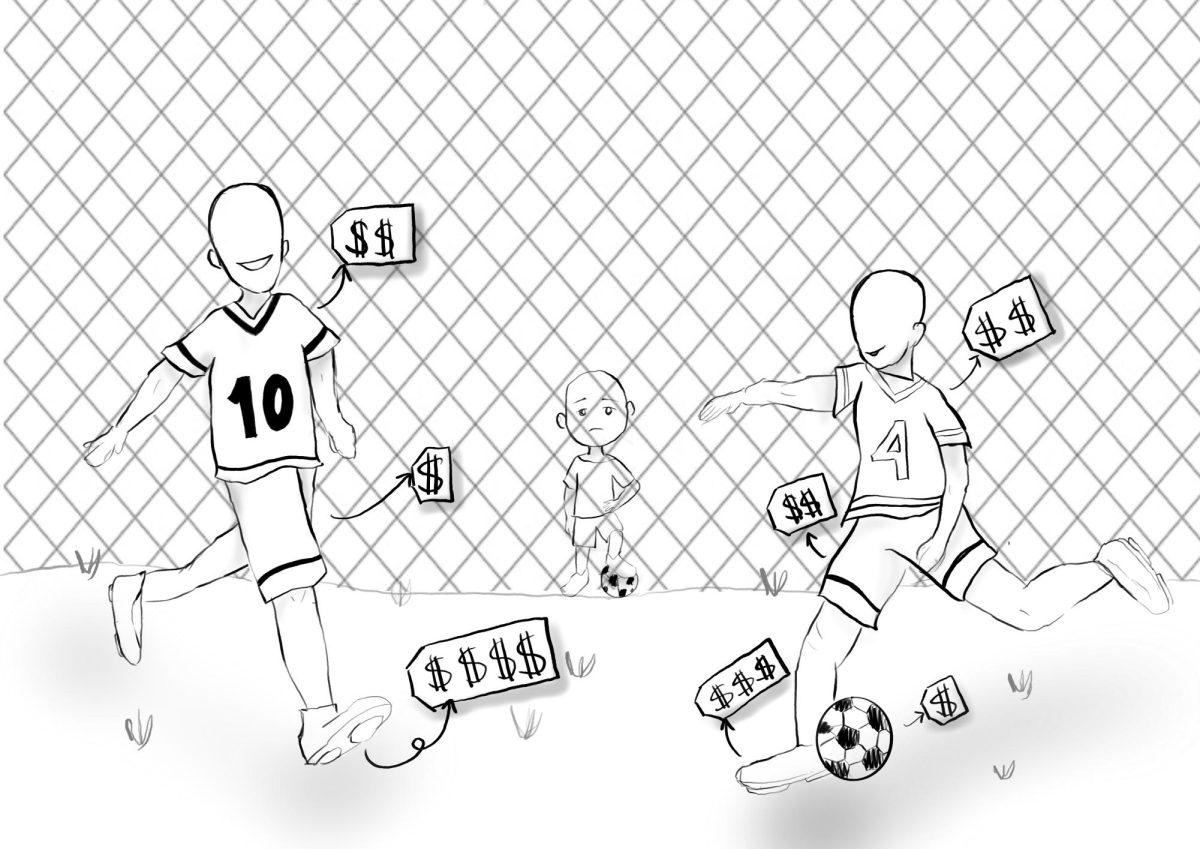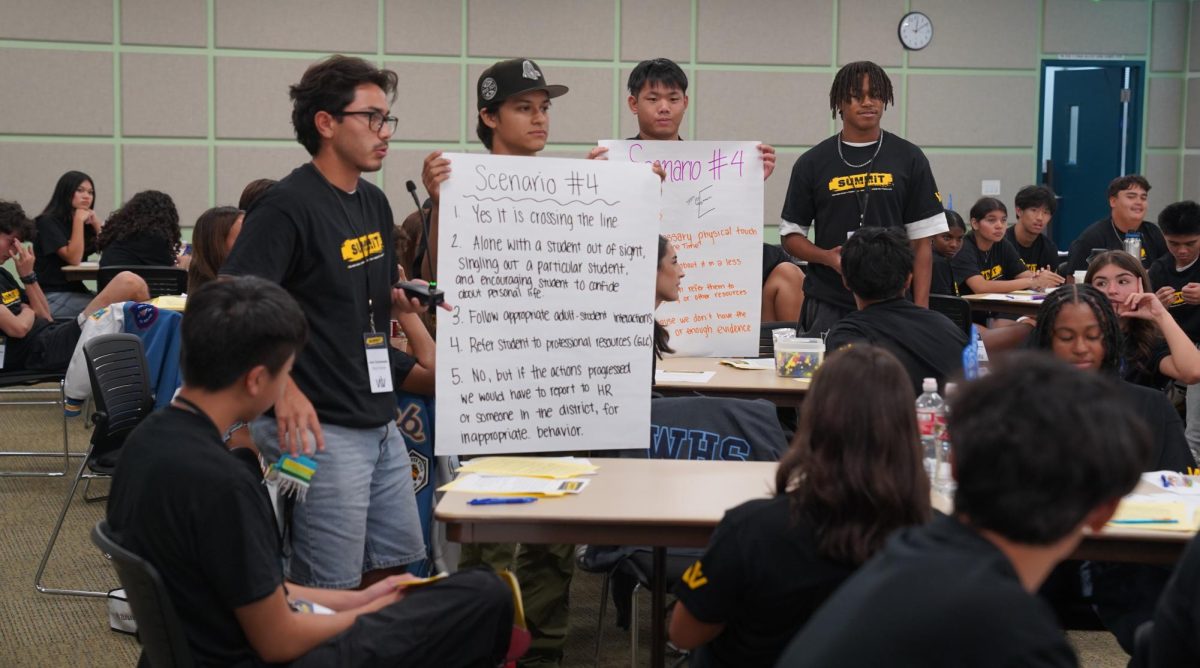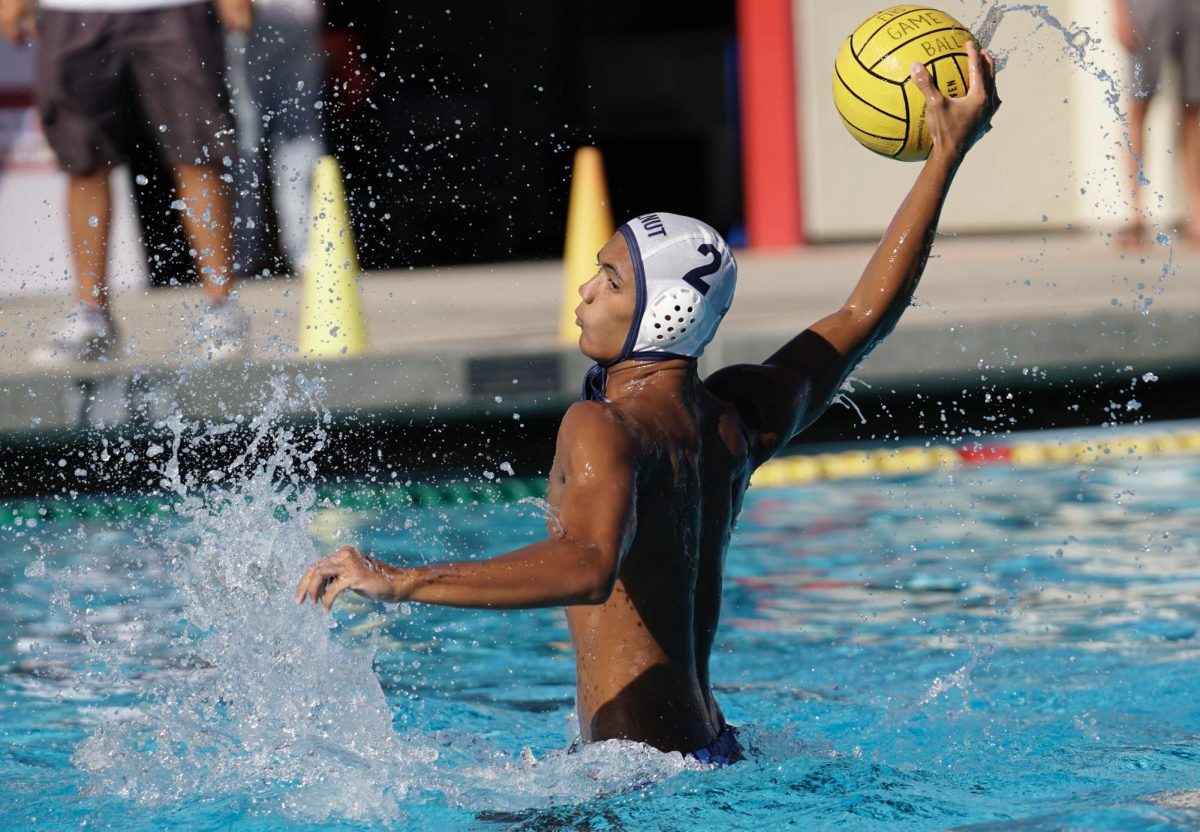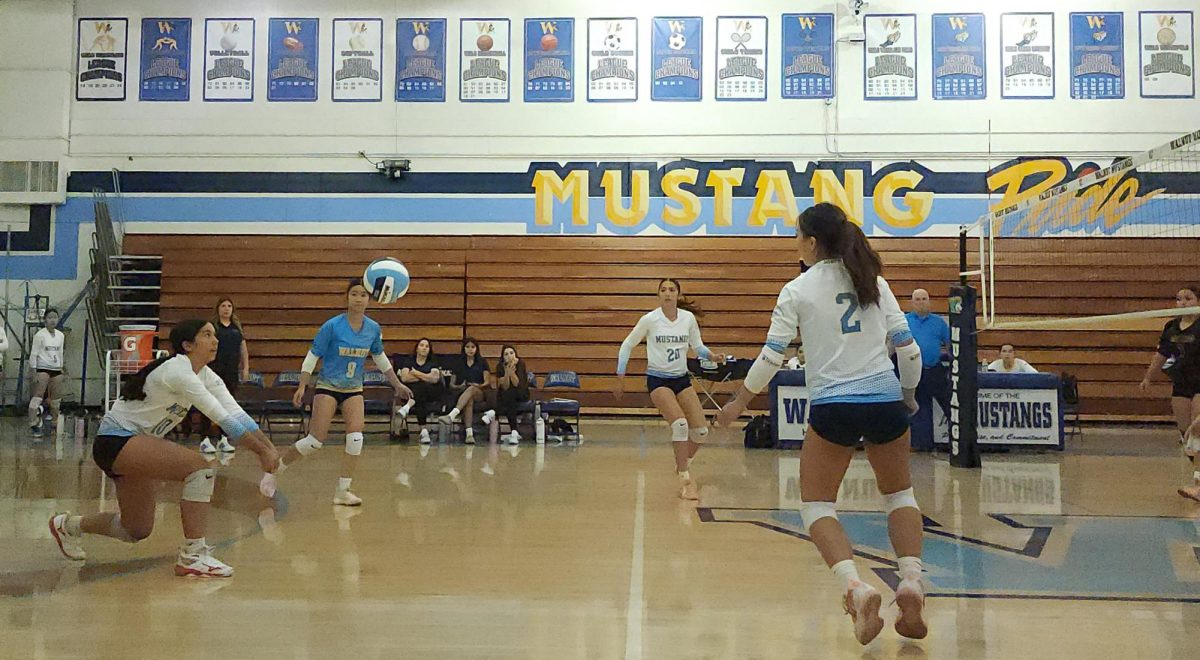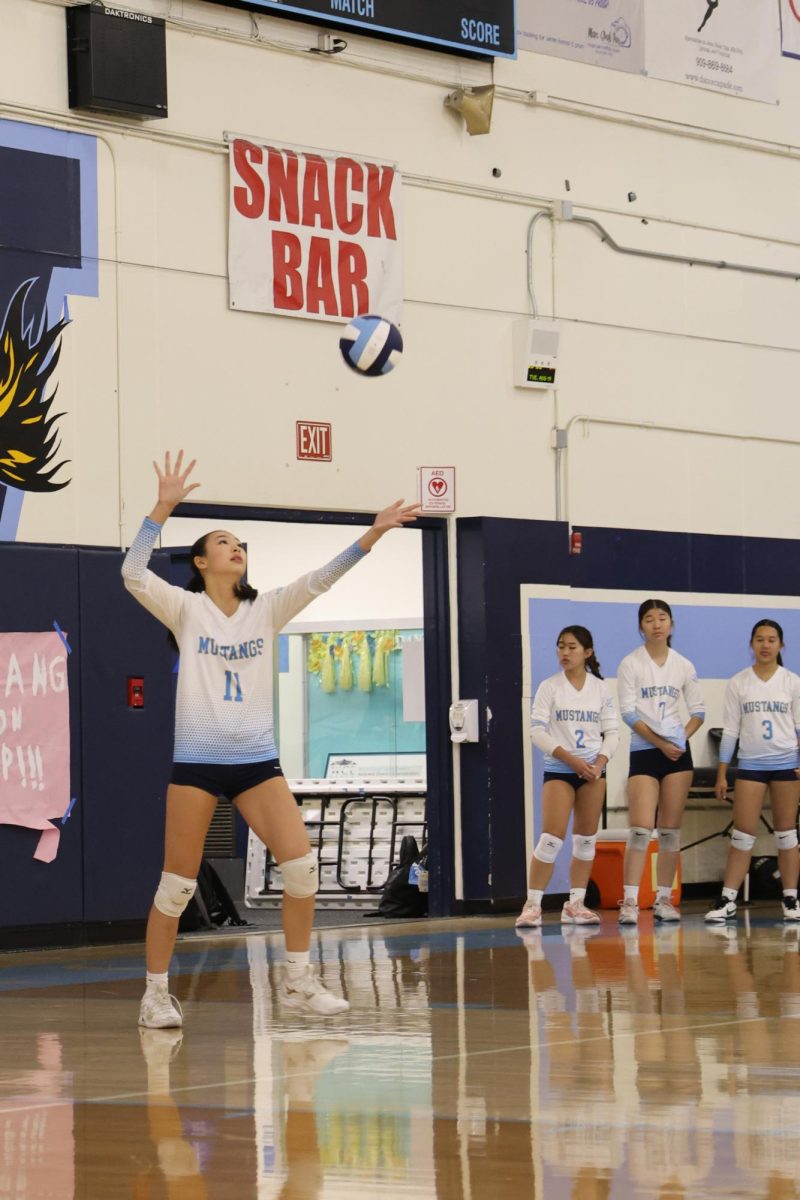I have had the privilege of playing club soccer from a very young age and one thing has been made very clear to me through my experience. In the United States, success in many youth sports is highly dependent on income.
A typical path in youth sports goes something like this: playing in local recreational leagues before moving to club sports. Then club sports involve practice multiple times a week and going to tournaments both in and out of state. Many parents also choose to pay private trainers to help their children get even more practice.
Those who choose club sports often do so because they can help with developing teamwork, fitness and mental health, teaching players these skills at a higher retention rate because of the exclusivity that club sports offer. If these benefits are only available to those who are willing to pay the most however, then as a society we need to reevaluate the current system.
Club sports require a huge time and monetary commitment, one that is understandably too great for many parents to justify. Simply being on the roster of a club sports team can cost upwards of $1,000 per year not including travel fees, equipment purchases or other tournament fees. Occasionally, I have heard of extremely talented players being awarded scholarships to be a part of club sports teams but those scholarships are often only partial.
The amount of athletes in club sports has increased in recent years yet it is still clear that lower-income families are at a significant disadvantage when it comes to club sports. According to a survey by Project Play, an Aspen based organization conducting research on youth sports, low-income kids are six times more likely to quit sports because of costs.
Although students can play sports in PE classes, it is nowhere near the level of organized competition that is available to club sports players. Even recreational leagues like American Youth Soccer Organization (AYSO) are not able to offer the level of connection to college programs and coaches from club sports, the most expensive and time consuming out of the aforementioned options. At some high schools, it is really hard to make a team if you don’t have experience at the club sports level.
Every player has their own goals as they progress through the youth sports system. Some want to play in college, others want to earn international recognition, others just want to have fun.
To those who want to play in college, it is incredibly difficult to achieve that goal without playing club sports. According to data collected from a 2019 NCAA survey of college athletes, 88% of women’s college soccer players played club soccer.
Personally, I am very grateful that I had the opportunity to play club soccer because that level of commitment required was a life lesson that I was able to bring into other aspects of my life. Although this was valuable, as a senior with no plans of playing in college, I can’t help but question if nearly 10 years of club soccer was worth the cost. Ω

